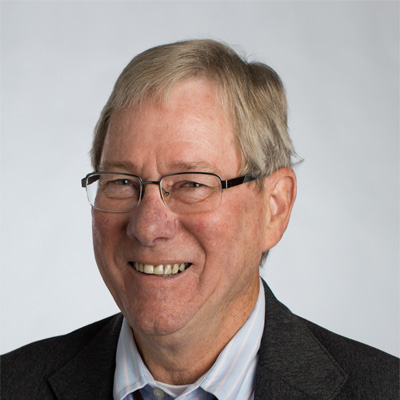Improving health in the Tohono O'odham Nation
In the last half century, obesity and type 2 diabetes have become prevalent among tribal members of the Tohono O'odham Nation. In addition, to declines in health, the tribal culture has become particularly threatened. Dr. Terry Bahill, of the University of Arizona, uses engineering research to create applications that are valuable to individuals. Likewise, his most recent project aims to create a computer system, called MATOH, that will encourage the children of the Tohono O'odham Nation who have problems with obesity and type 2 diabetes to get active while teaching them about their traditions and culture. In the past, efforts to improve the health of the O'odham Nation have been unsuccessful or lacked cultural sensitivity. Therefore, Dr Bahill's approach holds promise for the many children belonging to the O'Odham Nation who are typically underserved.
Dr. Bahill's previous work includes modeling physiological systems, using engineering tools and techniques to measure, model, and understand the human control of movement and adding to the science of baseball where he sought to model the physics behind baseball. Thus, his expertise in developing models and conducting rigorous yet applicable research has been thoughtfully supported. The current MATOH project requires three unprecedented tasks: matching free-form text, comparing unformatted sounds and matching images from multiple directions. Dr. Bahill's collaborative team will use their varying expertise to develop a system capable of application within the O'Odham schools. In short, Dr. Bahill's research ranges in application but all the while stays true to his expertise in modeling and creating systems.
Dr. Bahill's projects include:
-
MATOH: The MATOH system will contain thousands of case studies created by the elders of the tribal community. No case study will require use of a car or Internet access and rather, must be accessible by biking or walking. In particular, the system will pay attention to gender inequality and empowering women. Students will use phones and clues from elders to complete each scavenger hunt and to complete the case study. Thus, the culture of the elders will be preserved while increasing the level of physical activity for the tribal youth.
-
Science of Baseball: Dr. Bahill and his team studied the science of baseball. While his project, collected little funding, the community was so engaged in his applicable research that it successfully brought engineering to the public.
Bio
Dr. Terry Bahill's research is multidisciplinary and includes the areas of modeling physiological systems, human decision making, engineering design, and systems engineering. He has extended this research on modeling human movement control systems to modeling and aiding human decision making. Decision support systems can reason and make recommendations in the face of incorrect and erroneous data. Therefore, he and his team have developed tools to help verify and validate their knowledge bases. Dr. Bahill is the author of six engineering books and over 250 papers, over 100 of them in peer-reviewed scientific journals.
When Dr. Bahill was graduating from the University of Arizona as a senior, he saw that there was a course entitled bioengineering and he regretted that his graduating would prevent him from being able to take the course. However, as a graduate student, Dr. Bahill's advisor was a neurologist working within optometry. Here, Dr. Bahill learned to make models of the brain and the brain's movement. When Dr. Bahill returned to the University of Arizona as a professor, he sought to study expert systems and modeling, thereby continuing to use computers to model the brain.
In his free time, aside from research, Dr. Bahill enjoys hunting, fishing, and walking with his dog in the desert.
Bahill and Bill Karnavas were issued U.S. patent number 5,118,102 on June 2, 1992 for the Bat Chooser, which is a computer system that calculates the Ideal Bat Weight for individual baseball and softball players.
Website: http://www.sie.arizona.edu/sysengr/
In the News
azcentral.com
Scientific American
Popular Mechanics


